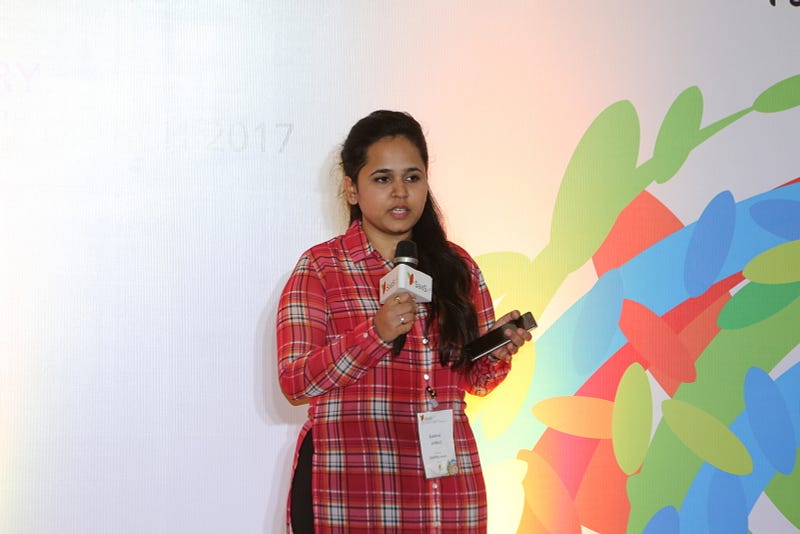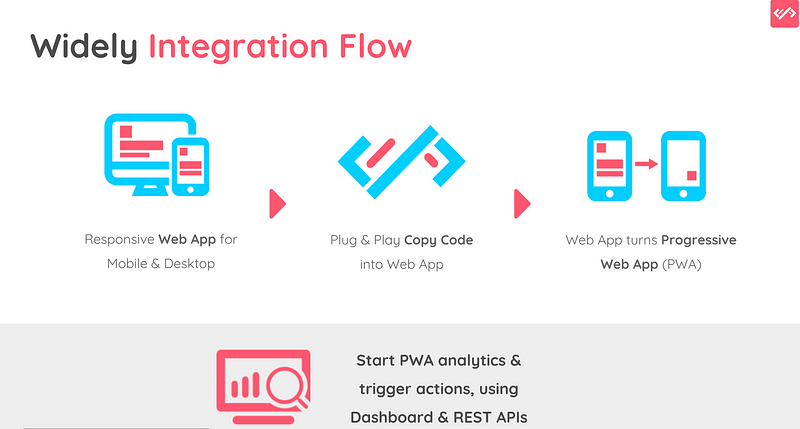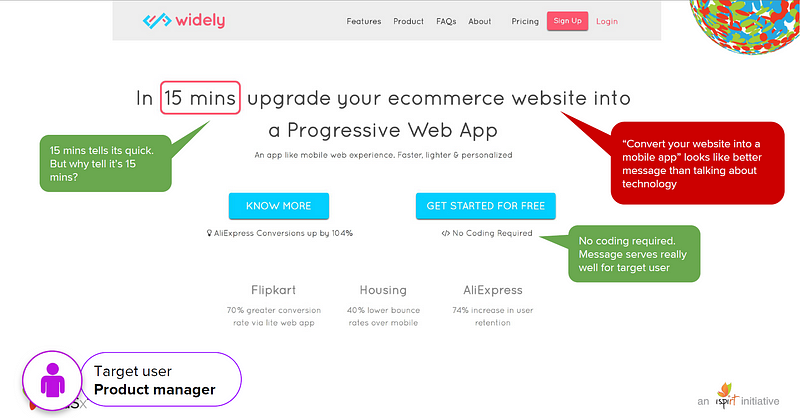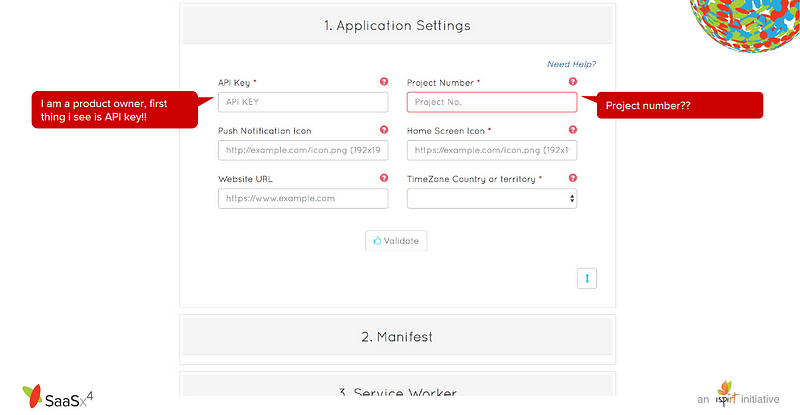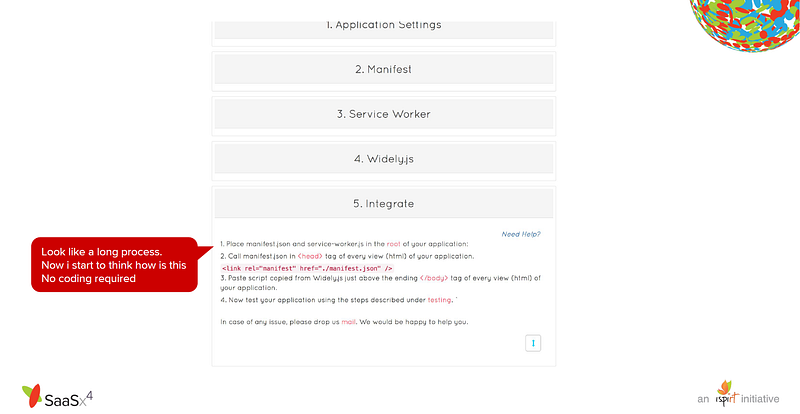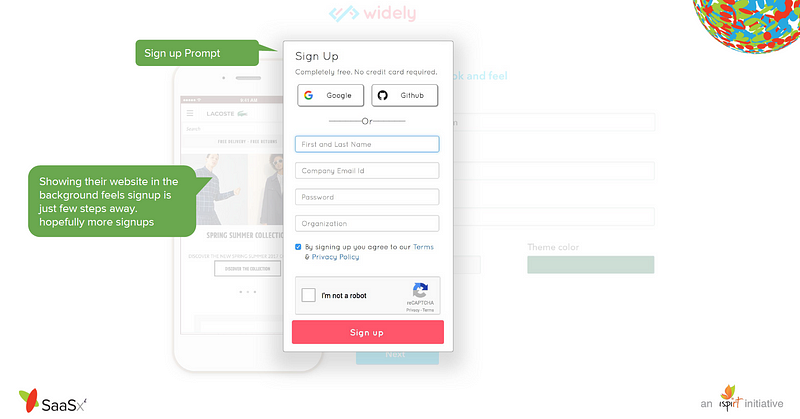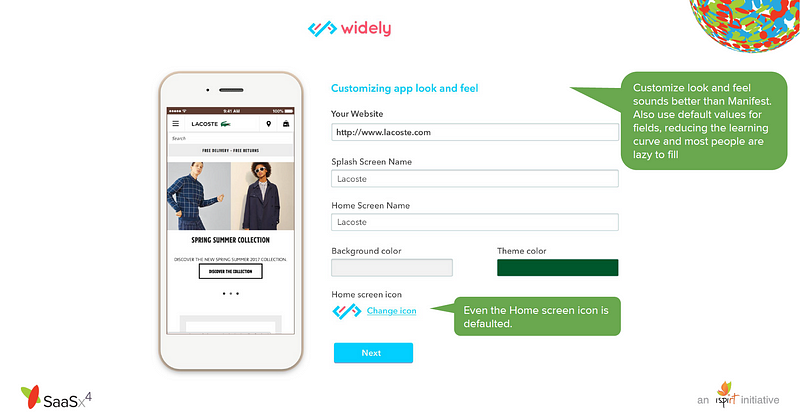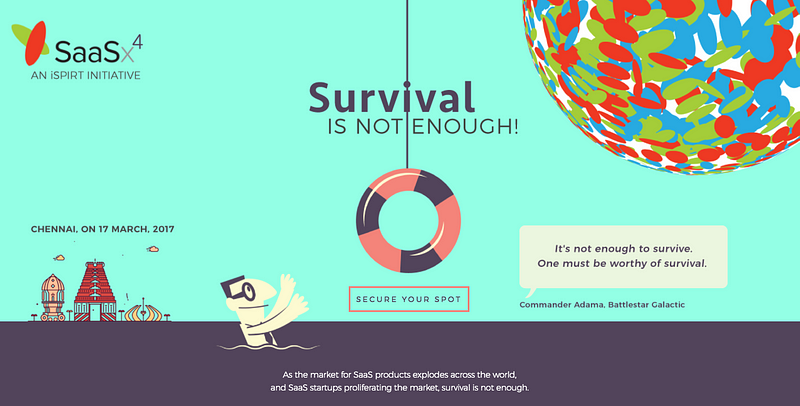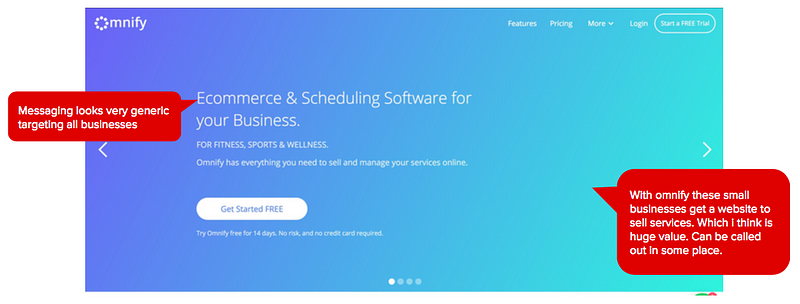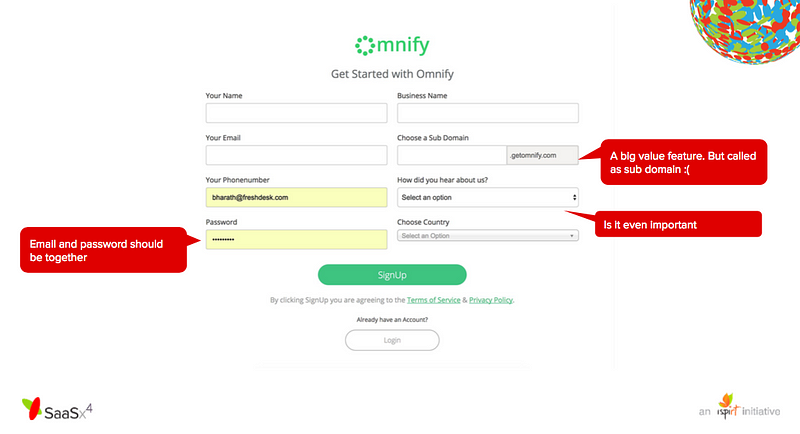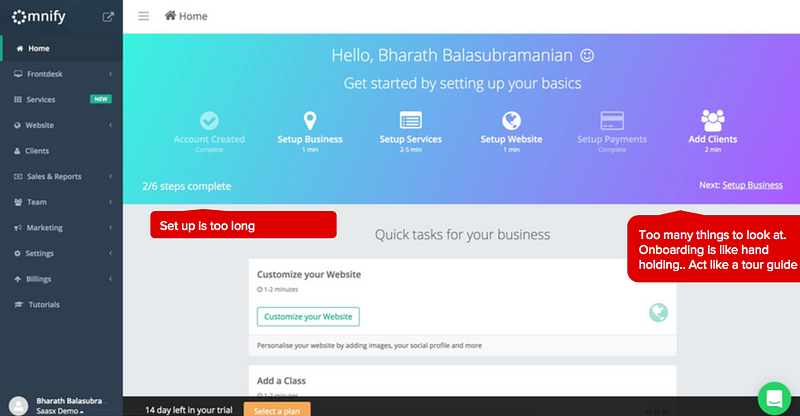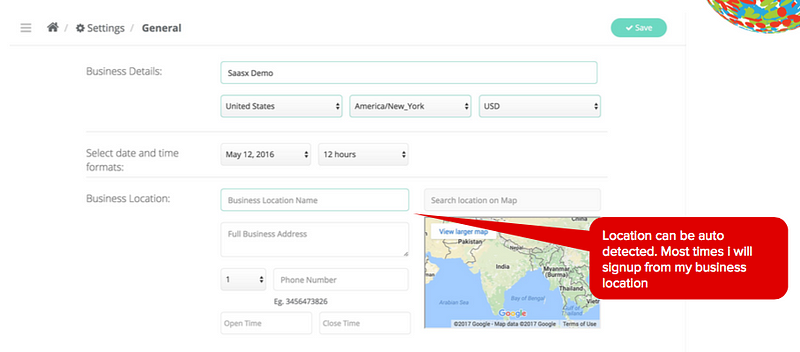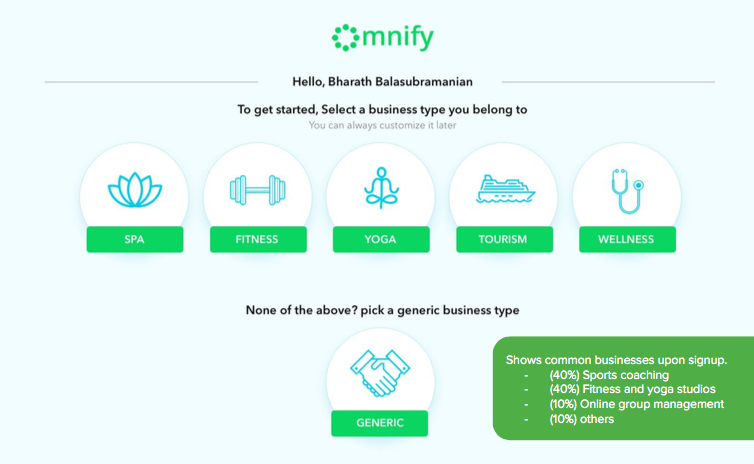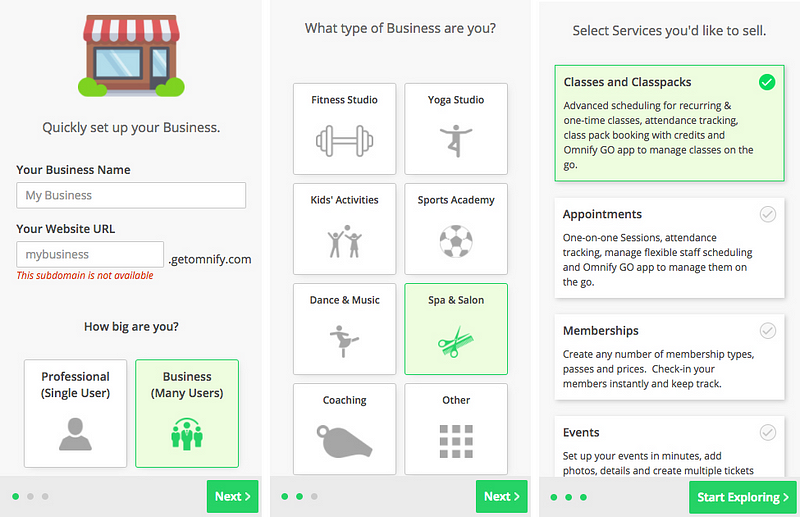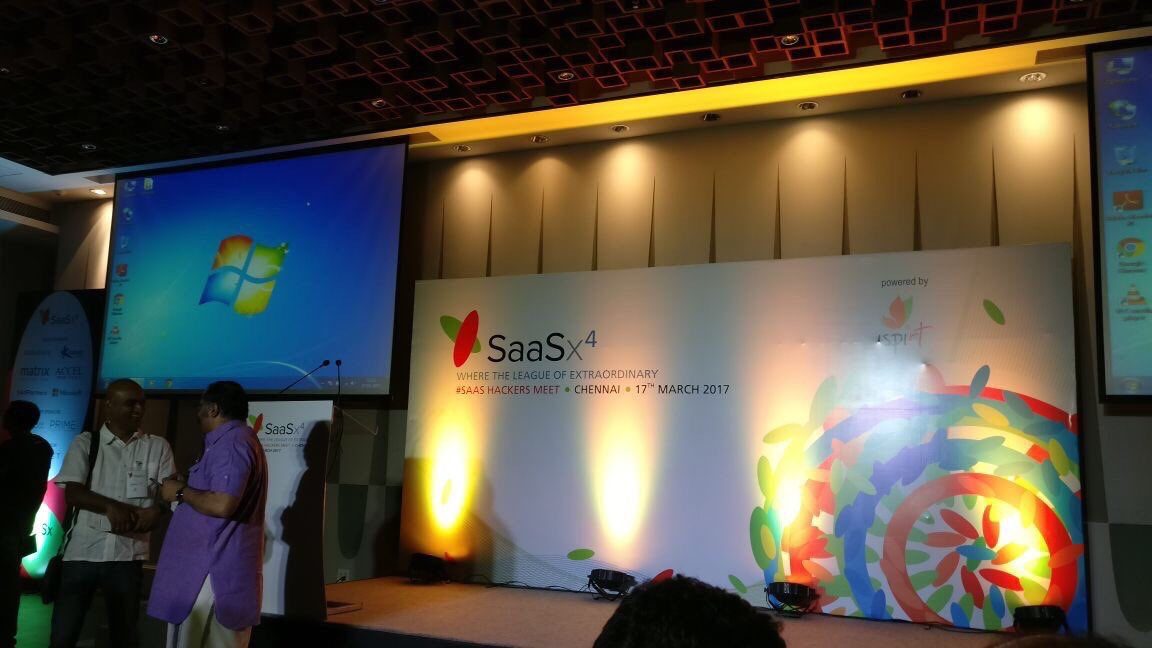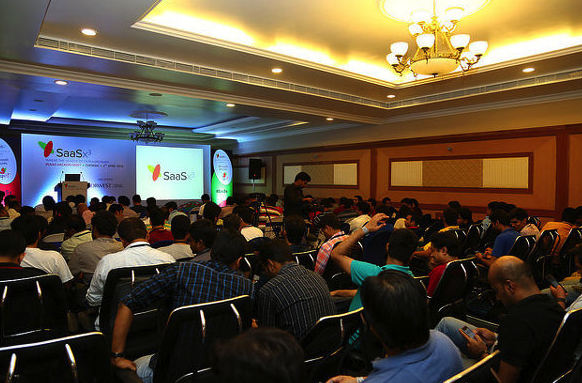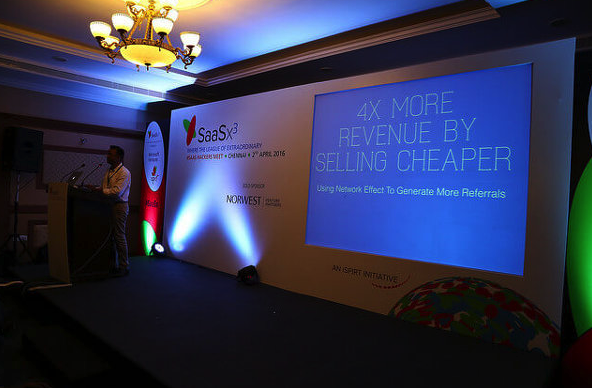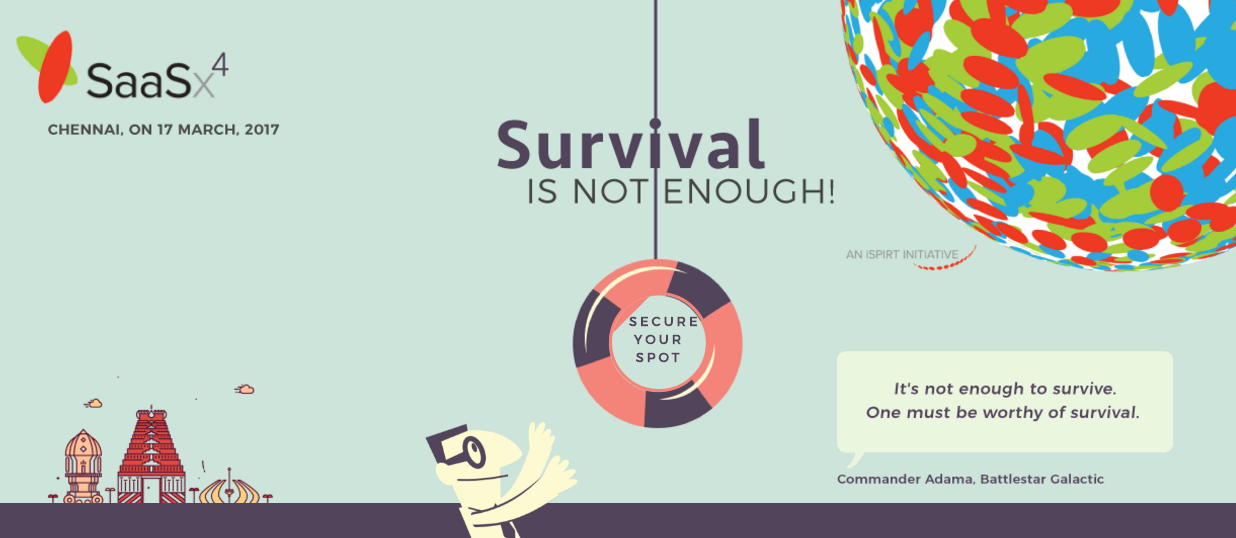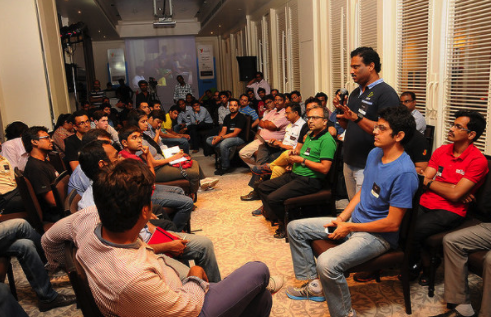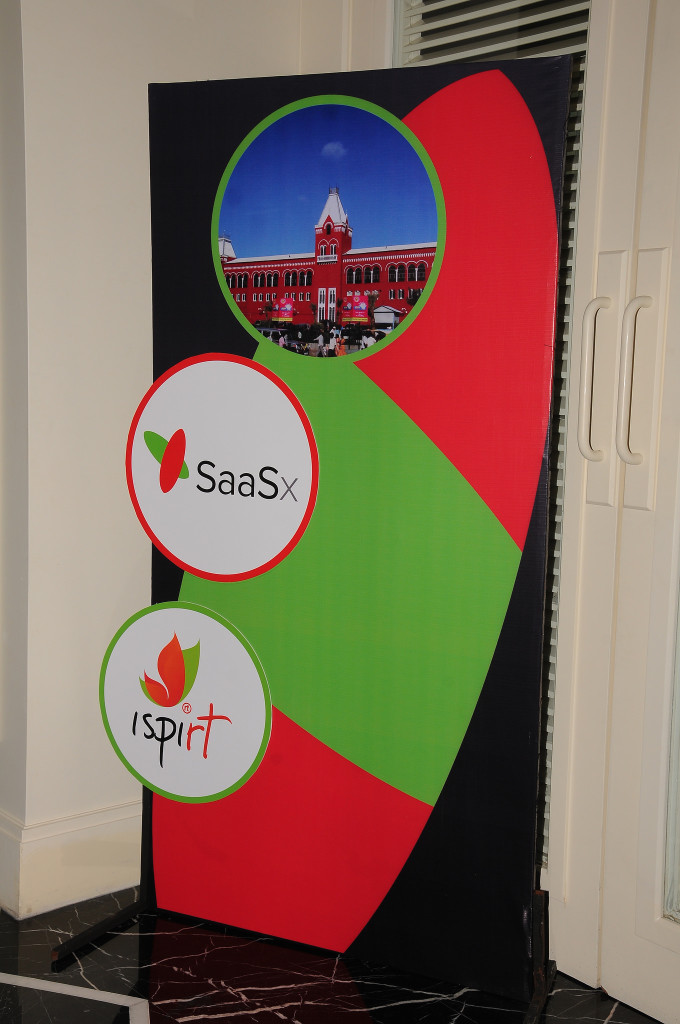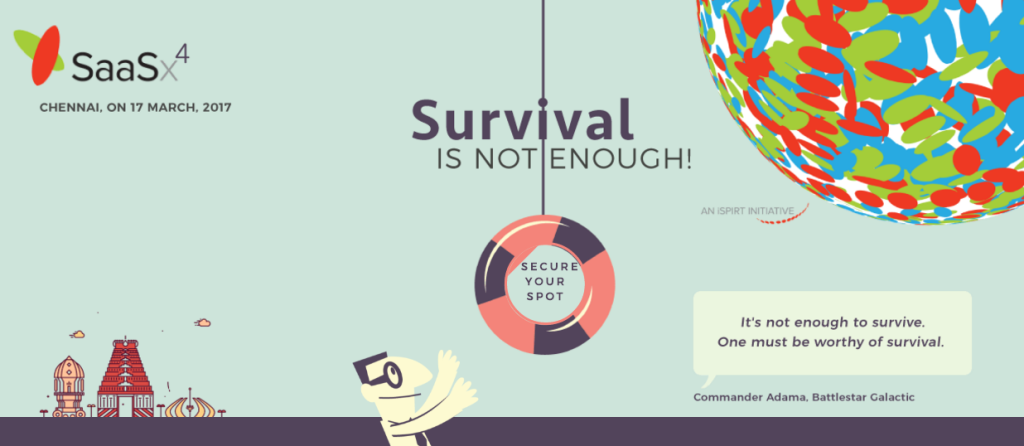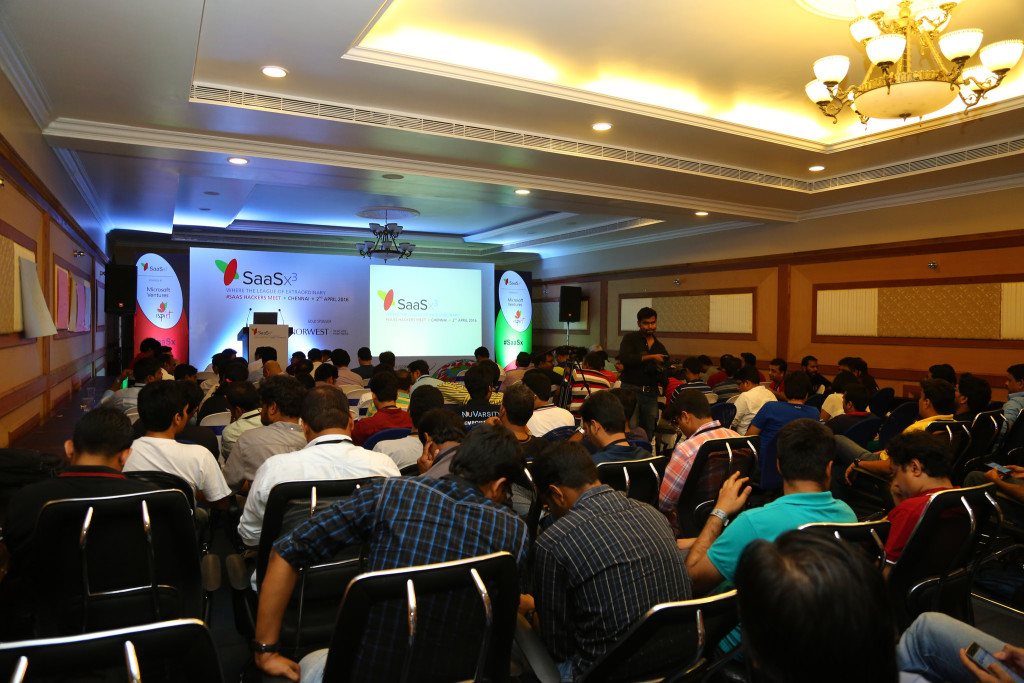With almost 150 SaaS founders, a set of investors, and the volunteers, SaaSx was rocking content-wise from 10am to 9:30pm, with the @Zarget beachside dinner kicking it into the next gear. How do we know it was a good event? Well the NPS score of 76, with 91 responses says it all!
Probably only event that was worth being a part of in the last 1 year. Happy to volunteer next time!
The most earth shaking session every year? After all, “Chumma Adhirudhulla.” is the dialogue of his favorite actor! @mrgirish rocked the stage with his sheer authenticity, wearing his heart on his sleeve, and talking about the challenges in building a business like Freshdesk, the mistakes they made on their journey and the learnings from them. More than one founder approached me later saying, ‘If even someone like Girish makes mistakes while growing the business, then I should not fear my mistakes but grow faster by learning from them’.
Team @BotmetricHQ is at the #SaaSx4, Chennai event!
Meet to learn how we’re transforming businesses on @awscloud !#SaaSx4 #startup #cloud pic.twitter.com/BNFLgPvlrj— Minjar (@minjarcloud) March 17, 2017
Best part was how approachable, upfront, honest and open all the big guys were..
It takes a special form of courage to go (metaphorically) naked on stage in front of your peers. And get critiqued by the best in the business. And we saw that from three very special founders in the Product-Tear-Down. @WidelyHQ @GetOmnify @99Tests, were three SaaS startups at different MRRs, at different stages of their product/market lifecycle. Read up on their experience at
- Why SaaSx4 Product Teardown is for all SaaS startups
- What we Learned from the Product Teardown of Omnify at SaaSx4
- Team 99tests at SaaSx Product Teardown
These three were chosen by the panel from seven initial conversations, from a shortlist of a few dozen startups who had applied. The startups they picked were in different stages, had to be easily understood by the audience, and yet have enough lessons to learn from. The goal was to create teachable moments, and the audience loved it with many founders volunteering to get their products torn down, something we’re working to do at scale. If you’re interested follow @saasxin to get notified.
Fantastic event with priceless learnings.
The constant refrain on the SaaS side has been ‘move up market’. But what does that mean? Well if you were at SaaSx, @Sudheer_Zenoti spoke candidly about their journey from SMB->Enterprise. What’s the largest single $ value sale done on the phone from India, for an online sale product? I nearly slipped off my chair when I heard a 7 digit number. In US Dollars. Whoa! And here we are discussing whether Inside sales can work at $30,000. It must be something in the Chennai water that Arun Kumar, COO Zarget drank over his 13+ years of inside sales experience. Or was it in the product? In India, we have enough developers and product managers, to build any product we need. But as Srikrishnan Ganesan pointed out, ‘Market trumps everything’, and if you are in a bad market, or too early, or too late, then there is little you can do to win. There are many paths to $1M ARR. Some have angels that give you loans, and others take some time to light, but then take off like a rocket. If you were there till then end, Ashwin Ramesh of Synup, and Girish Redekar of RecruiterBox, shared their paths to where they are. The only truth is that there’s no one path, you’ve got to make your own!
SaaSx4 was fantastic. I started implementing few of my learning from Saturday (18th March) itself.
The morning #SaaSFaQ unconference turned out to have some great questions on product/market fit and GTM from early stage startups. Fielded by Shekhar Kirani, Avlesh Singh, Krish Subramanian, there was a great deal of interactive learning concentrated on the floor. Learning for next time, break it up into smaller sub-sections, to get even more interactive and participatory.
In Product Teardown session, it was evident that Bharat’s inputs blowed everyone away.
#SaaSx4 unconference is underway! Product market fit seems to be a case for serious discussion pic.twitter.com/hD7VuZzNON
— Kingston David (@kingston_ked) March 17, 2017
Do you have more than $1M ARR, facing growing pains in your org and model?? Well, in the morning, the dynamic duo – Suresh and Girish, ran a closed door session for a few founders, getting into serious topics that were only for founders’ ears. What happened inside, stayed inside.
Every SaaSx runs purely on the passionate, high-energy, super-committed volunteers, themselves serious SaaS founders & thinkers, who create the strictly curated content that makes for a great experience. This year the volunteers were @MrGirish, @SureshSambandam, @cbKrish, @ArvindParthiban, @Avlesh, @avinashraghava and @sKirani. We sorely missed the ever-energetic wisecrack @vinod_cc. Like every year @_rakeshmondal did a kickass design and website, bringing SaaSx to virtual life online.
Getting back from #SaaSx4 – great takeaways from @mrgirish‘s talk and teardown session by @avlesh. https://t.co/1TWBp4hQAr pic.twitter.com/ur9e9D5RSK
— Krishna Murari (@krishna06) March 17, 2017
Here’s to an even better #SaaSx5 next time around!


